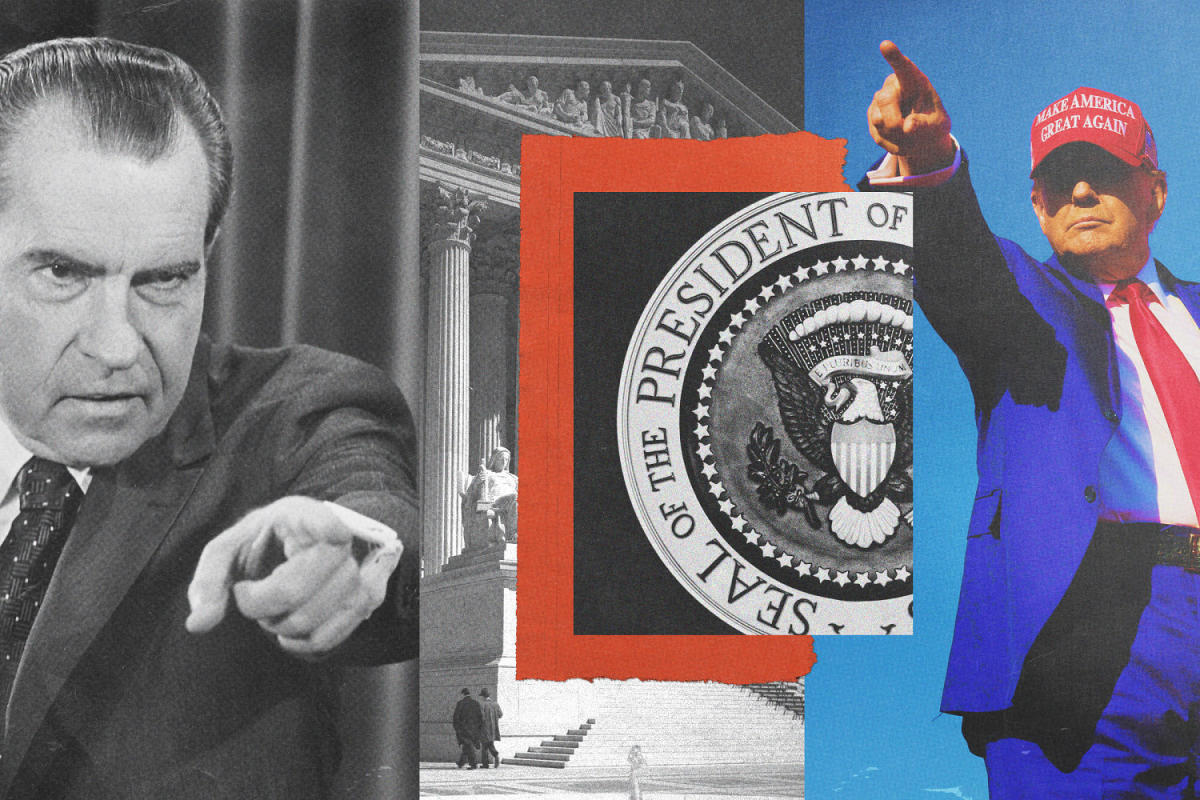(Bloomberg) — The Labour Party needs to find at least £8 billion ($10 billion) to deliver its green-investment plan, a new analysis shows, underscoring why UK opposition leader Keir Starmer may be mulling changes to the initiative.
Most Read from Bloomberg
The party’s original “£28 billion a year” pledge to invest in industries that advance Britain’s transition to a greener economy if it wins power this year isn’t quite as big as it sounds, according the Institute for Fiscal Studies. The government’s own plans cover some of the cost and Labour’s decision to ramp up spending gradually brings it closer to meeting the party’s fiscal rules.
However, Labour would still need to raise taxes or cut spending to cover the difference, something the party has been reluctant to do with public services crumbling and the tax burden already at a post-war high. In recent days, the party has mulled whether to drop the headline £28 billion number altogether and replace it with a non-specific commitment to spend whatever the fiscal rules allow, according to people familiar with the discussions.
Labour officials declined to comment on the proposal. Starmer reaffirmed the green plan in an interview with the BBC earlier this month, although he added caveats, saying it was “subject to what the government has already assigned” for environmental projects and needed to be “within our fiscal rules.”
The green spending pledge is both Starmer’s most concrete policy goal and Prime Minister Rishi Sunak most frequent target in his campaign to paint the Labour leader as planning a tax-and-spend agenda. Last week, Sunak said told broadcasters Starmer “can’t say how he would fund his £28 billion green spending spree, which just means higher taxes.”
The Conservatives can complicate things for Labour by spending more of the £13 billion fiscal buffer left over after Chancellor of the Exchequer Jeremy Hunt’s autumn fiscal statement in November. Hunt is expected to use half in his March budget to scrap a planned increase in fuel duty and whatever is left over to cut personal taxes.
The Conservative premier is attempting to chip away at Labour’s double-digit lead in public opinion polls ahead of a general election the prime minister has said he will call in the second half of the year. Labour is seeking to finalize its manifesto promises in the coming weeks in case the election comes earlier.
To neutralize the Tory attacks, Starmer and his would-be chancellor, Rachel Reeves, have drawn up fiscal rules that constrain them as much the current rules constrain the government. However, despite the big headline price of the green commitment, Labour is close to being able to afford it, according to Ben Zaranko, senior research economist at the IFS.
Starmer’s decision in October to include carbon-emission reductions already planned by the Conservatives lowered the cost of the package by almost one-third to £20 billion. Labour now plans to ramp up its spending gradually over the forecast, rather than spend the full amount from the start.
Inflation has also eroded 20% of the real cost since the pledge was first announced in 2021, Zaranko said. He calculated policy changes already made by Labour would leave only an £8 billion shortfall against the fiscal rules. “The pledge is getting easier to meet,” he said.
Here are some options Labour has to fill the hole:
-
Move Target Year: Labour plans to ramp up investment to 2030. The current forecasts end in 2029. When the target date was rolled forward a year in the Autumn Statement, the Office for Budget Responsibility gave the government leeway for additional spending of £5 billion. Labour could assume a similar £5 billion improvement in 2030 to help close the gap.
-
Reclassify Spending: Labour could repurpose more existing spending as green investment by adding solar panels to school roofs or incorporating the government’s existing £7,500 heat pump boiler upgrade program into its green plan.
-
Replace ‘Triple Lock’: The triple lock guarantees the state pension rises by the greatest of inflation, earnings or 2.5%. The Organisation for Economic Cooperation and Development has suggested using an average of inflation and wage growth, which would save £4 billion in 2030.
-
Close Tax Loopholes: Reeves has so far favored “closing loopholes” over broad tax increases. The Resolution Foundation has suggested charging national insurance on employer pension contributions, lowering the VAT registration threshold for business, and ending Business Asset Disposal relief. That would save £10 billion.
-
Change Debt Measure: Until 2021, the government used public sector net debt for its fiscal rule. Sunak, as chancellor, changed it to public sector net debt “excluding the Bank of England,” which adjusts for quantitative easing. The new target is harder to hit. While Hunt hit PSND-ex BOE with £13 billion to spare in November, he would’ve been £30 billion under the previous target. Reeves could revert to the old measure. However, she has said: “I’m not going to try to fiddle the figures or make something different to get better results. We will use the same models the government uses.”
George Dibb, associate director at the Institute for Public Policy Research, said the deficit would be smaller if the OBR scored the investment as growth-enhancing. Adjusting for growth, the shortfall drops to just £2 billion.
“In the context of the public finances, the sums we are talking about are pretty small. All you need is a relatively small shift in bond yields, which would have an outsize effect on the headroom,” Dibb said.
Most Read from Bloomberg Businessweek
©2024 Bloomberg L.P.
Signup bonus from





